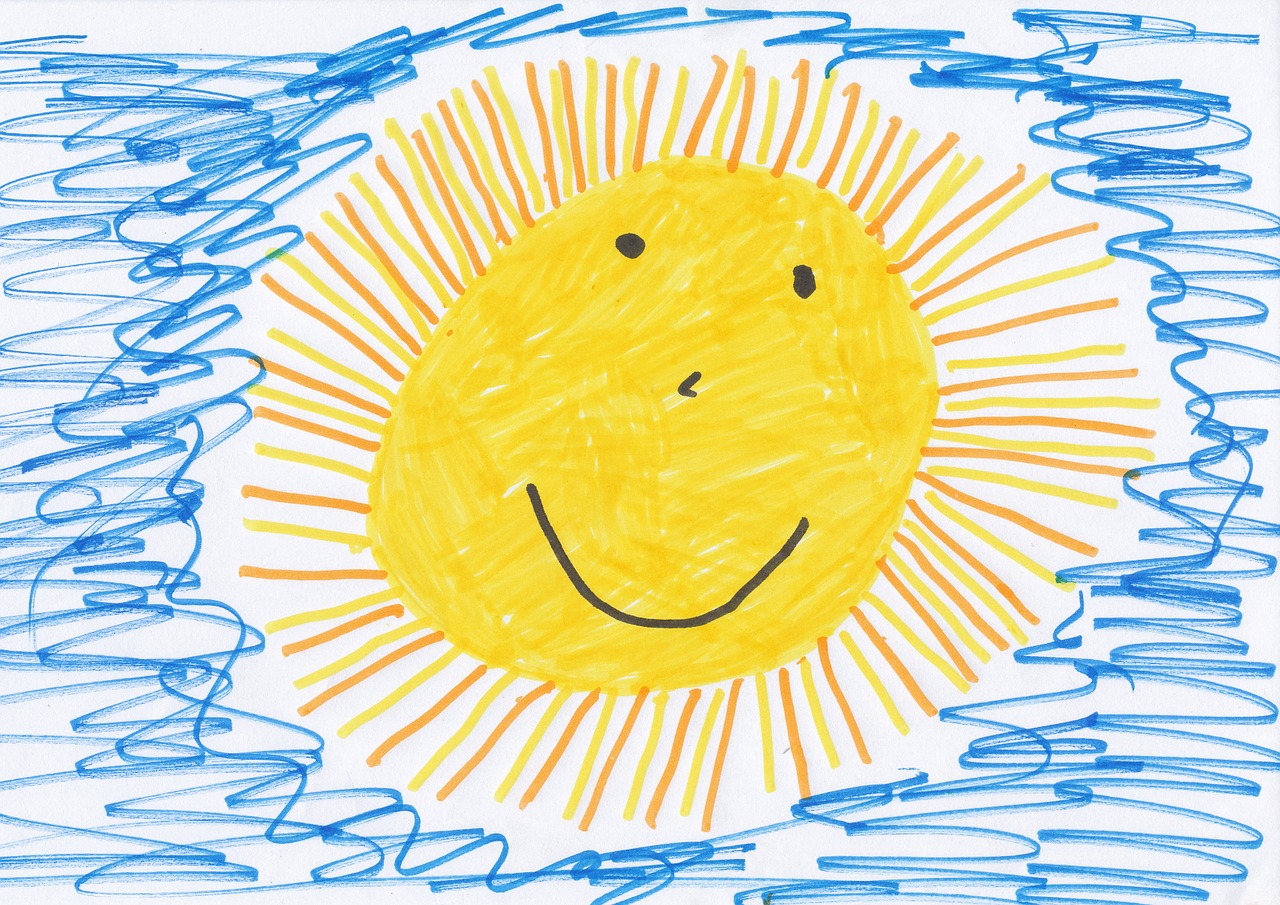21st century skills development and STEM in primary school
STEM is a curriculum that creates a common space for knowledge acquisition and skills development in four specific disciplines: Science, Technology, Engineering and Mathematics. These four very important elements of traditional education can be combined together in order to provide interdisciplinary courses and form the basis for an innovative way of educating students.
Moreover, this innovative teaching approach is a useful tool for teachers who are trying to educate the new generation students and reinforce key 21st century learning skills such as:
• identification, formulation and problem solving,
• critical and structured thinking,
• communication and cooperation
• creative expression.
 Primary school is a good starting point for the cultivation of these skills, as at this age students have a strong need:
Primary school is a good starting point for the cultivation of these skills, as at this age students have a strong need:
• to understand: the need for knowledge acquisition, connection and understanding of various phenomena, processes and laws of nature,
• to investigate: the need of satisfaction of their curiosity,
• to be creative: the need of involvement with activities that include original thinking, new or interesting ideas, new technologies,
• to cooperate: the need for communication, a sense that they are members of a team,
• to be supported: need to obtain acceptance, recognition and appreciation, support, assistance, advice and confirmation from others.
Modern teaching methods (such as experiential learning, interdisciplinary approach, problem solving) and teaching models (Problem Based Learning, Project Based Learning, Inquiry Based Learning) are useful tools for teachers.
Make World uses these kinds of techniques in order to develop many of the above skills. Important features of this digital tool is that:
• it is a digital learning tool that will serve the purposes and objectives of the STEM program,
• it has a structure of an open environment so each user, teacher or student, can create their own worlds and training scenarios,
• it will be useful for many users that will want to be a part of a larger strong online learning community.
Make World’s attempt to promote the relationship between STEM learning and computational thinking through playful challenges could be the key to attract students’ interest. Furthermore, its open platform may encourage the creative involvement of many users and act as an online community of practice and learning, enabling users not only to use and customize worlds, but also to create their own worlds and share them with other users.
This aim of using STEM and computational thinking in order to help students acquire 21st century skills is a unique proposition and Make World platform can be used to obtain knowledge through a creative discovery of the world we live in.